“Anodizing chemical treatment is mainly applied to nonferrous metals and gives them aesthetic appeal, durability, and corrosion resistance.”
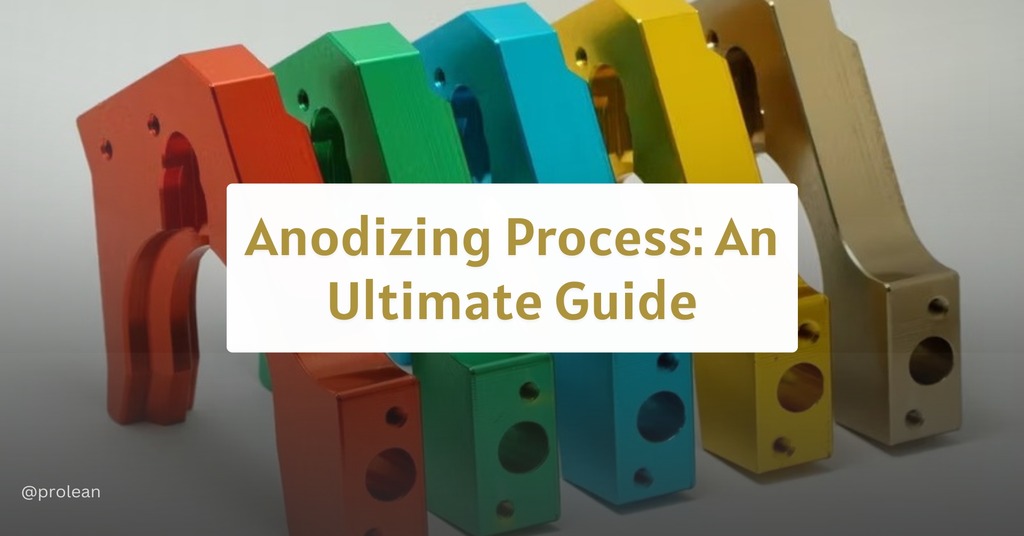
Anodizing is an electrochemical process that plays an important role in increasing the durability of a material with respect to wear and corrosion. It enhances the beauty by altering the surface finish of nonferrous metals such as copper, titanium, manganese, magnesium, zinc, and stainless steel. This process entails immersing the metal in an acid bath and making it act as the anode while an electrical current is passed through it to cause the formation of a thin metal oxide layer.
Anodizing is categorized into three main types: There are three types of anodizing: Type I, which uses chromic acid; Type II, which uses sulfuric acid; and Type III, which is hard coat. These variations are due to the type of acid used and the thickness of the produced film.
In this article, we will discuss anodizing types, the process, distinctions of anodized vs. powder coat, and discuss the pros and cons of anodized materials.
Anodizing Working Mechanism
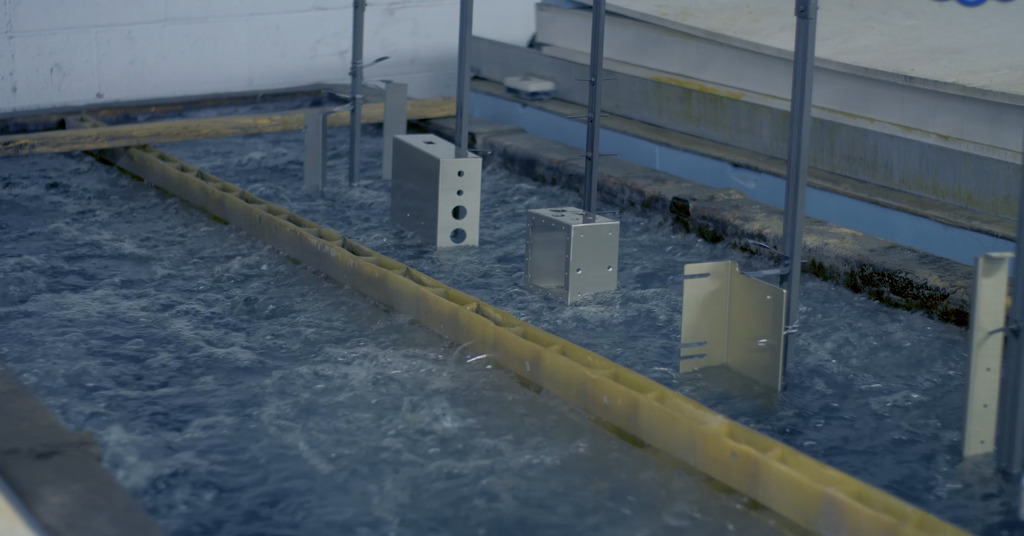
Chemical anodizing process
Anodizing is a procedure that employs chemical solutions and electrical currents to alter the outer layer of aluminum parts. First, the aluminum parts are placed in a sulfuric acid solution. This bath dissolves the surface and pulls out positive ions from the material through new pores that have been created. At the same time, electric charges are impressed on the metal while it is still in the bath.
Furthermore, electrolytes are added to the acid bath, and negative ions react with the metal by attaching themselves to it. These negatively charged dioxide molecules then go on to engage with other layers of aluminum that have not been affected by the reaction and thus start the formation of aluminum oxide. The acid corrosion also helps in the formation of a thick and well-controlled oxidized layer.
The formed oxide layer is very stable and cannot be removed, its color ranges from gray to black, depending on the layer thickness. However, it remains highly porous, which is a good thing.
The next process that follows the formation of a protective layer is sealing the layer that has just been formed. This is done by washing the aluminum parts with warm water as it makes the pores shrink as they take up hydration ions. This contraction results in a dense, smooth, and finished surface layer. However, dyes can be added to the water at this stage to stain the ceramic layer; the pores of the layer take up the coloring and water before the layer sets.
Try Prolean Now!
How To Anodize Aluminum?
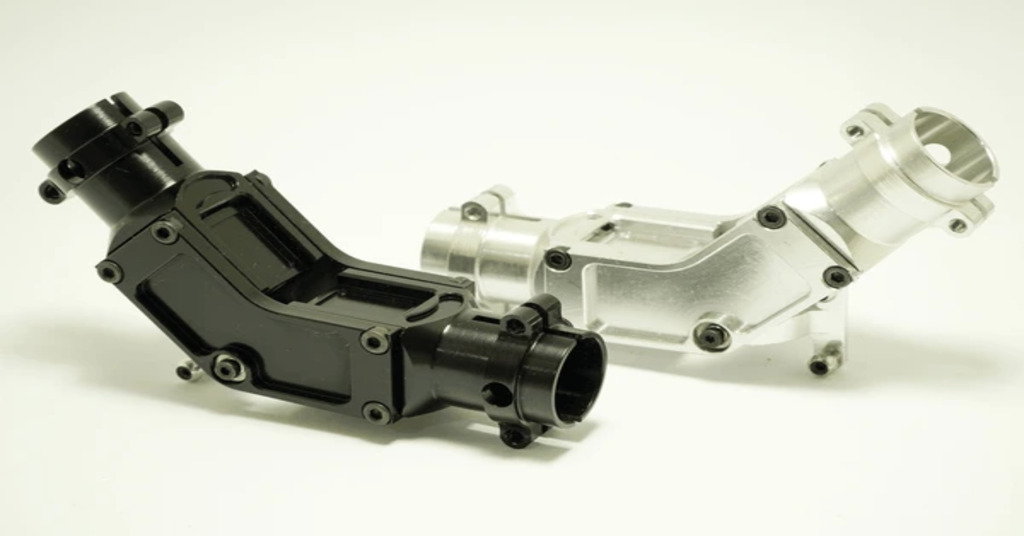
Aluminum anodized parts
To anodize aluminum, follow these steps:
- Preparation: First, it is necessary to wash the aluminum component or sheet with water to wash off any dirt from its surface. The finish of the coat can be either bright or satin, depending on the appearance that is desired. The satin finish is produced by light etching and gives an even matte surface. In bright dip anodizing, a solution of phosphoric and nitric acid is used to give a bright finish. Bright or satin finishes of aluminum extrusions offer a smooth surface that does not have any roughness to it for anodizing. Also, aluminum can be prepared by immersing it in a degreasing solution and washing it with hot water.
- Anodizing: Depending on the anodizing method, use chromic acid or sulfuric acid baths. Immerse the aluminum in an acid electrolyte solution while passing an electric current through it to create the anodic oxide layer. After the process is over, remove the item from the bath, wipe it, and let it dry.
- Coloring: Another process that can be carried out after anodizing is dyeing the aluminum parts in different colors. Electrolytic coloring is done by dipping anodized aluminum in a bath of inorganic metal salts and applying an electric current to oxidize the aluminum oxide layer at the microscopic pores. The final color obtained is a function of the chemical makeup of the solution and the time of immersion. The most common anodized colors are gold, black, clear, brown, bronze, and nickel. Some of the sophisticated facilities have color-matching services and custom color anodizing services.
- Sealing: During process, make sure that the metal is sealed to avoid corrosion and water getting into the metal. Cold sealing and hot sealing techniques can be used to seal black anodized aluminum extrusions, or both techniques can be used. Sealing helps prevent the surface from getting scratched or stained.
Read more: Anodised Steel: Process, Benefits & Applications
Types of Anodizing
Anodizing methods include Chromic Acid Anodizing (Type I), Sulfuric Acid Anodizing (Type II), and Hard Anodizing or Hard Coat (Type III). Other less frequent processes are phosphoric acid anodizing and titanium anodizing. Let’s discuss each type in detail;
- Chromic Acid Anodizing (Type I)
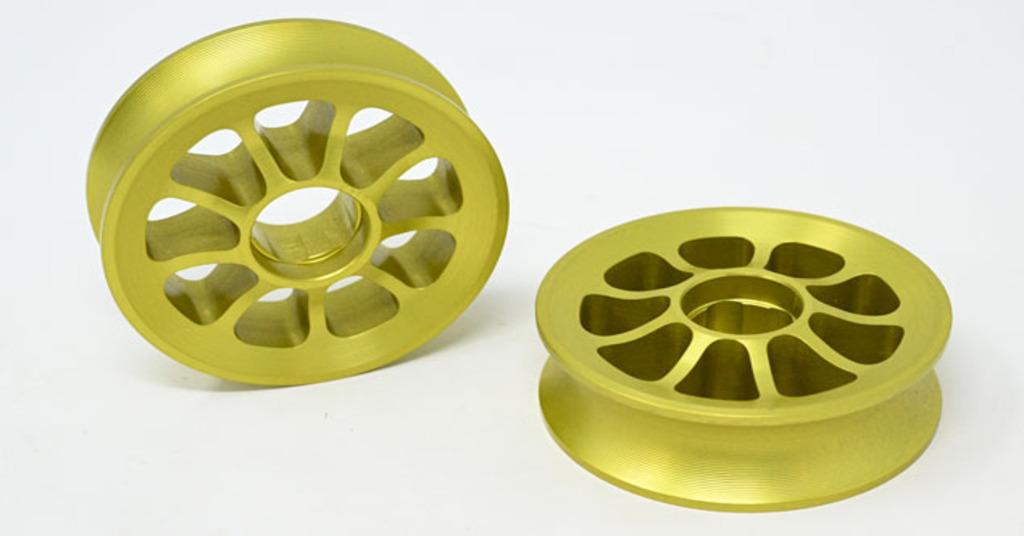
Chromic acid anodizing
Chromic acid anodizing produces a thin oxide layer, which may be between 0. 00002 to 0. 0001 inches thick. It offers reasonable corrosion protection when well sealed, but its color is greyish hence it is not very ornamental. Nevertheless, it is useful in aerospace components, welded parts, and as a base for subsequent painting because of its good adhesive bonding and non-conductive nature.
- Sulfuric Acid Anodizing (Type II)
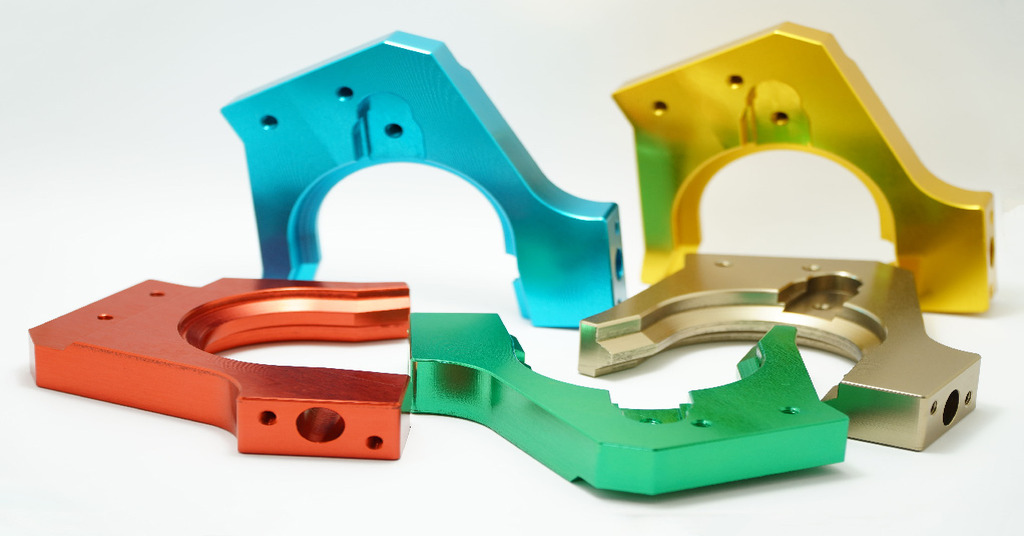
Sulfuric acid anodizing
This method uses sulfuric acid and forms oxide films from 0. 0002 to 0. 001 inches thick. It enables one to have bright colors through the absorption of dye before varnishing, and one can be able to have black, grey, brown, and many more. It is inexpensive and can be used in optical parts, electronic boxes, and hydraulic valve parts.
- Hard Anodizing or Hard Coat (Type III)
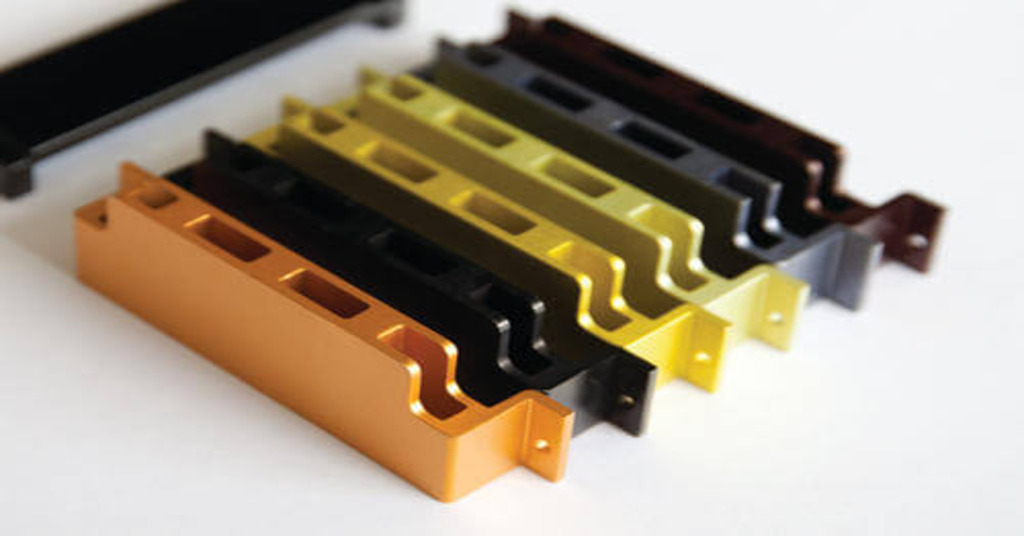
Hard coat anodizing
Hard anodizing is usually done with sulfuric acid electrolyte and results in a thick and dense oxide layer, usually 0. 0005 to 0. 002 inches thick. It is well known for its outstanding abrasion and is used in applications where wear and electrical insulation are required. It is applied in the manufacture of valves, pistons, gears, electrical insulation, and blast shields, among others, since it is hard wearing and an electrical insulator.
Pros of Anodizing
Here are the benefits of anodizing explained in detail:
- Corrosion Protection
Anodizing is a process of forming a thin layer of oxide on the surface of metals particularly aluminum to enhance its corrosion protection. This oxide layer serves as a shield to the metal from moisture, chemicals, and other corrosive agents that may affect the metal. Therefore, anodized metals are more resistant to rust, oxidation, and corrosion than other metals and are perfect for use in areas that are exposed to the weather, water, and other harsh conditions.
- Durability
The first benefit of anodizing is that it increases the durability of metals. Anodization is a process that changes the surface of metals to become more resistant to wear, abrasion, and mechanical damage. This makes anodized materials to be more durable and able to withstand heavy usage without fading or wearing off thus requiring less replacement and maintenance.
- Improved Appearance
Anodizing not only enhances the utility of metals but also enhances the looks of the metal. The process can produce a surface that is free from roughness and unevenness that may hinder the dyeing, painting, or other decorative processes. This makes anodized metals very flexible in terms of design and appearance, and they can come in many different colors, textures, and finishes depending on the application and the look that is desired. The improved look of anodized metals makes them more valuable and desirable in many sectors, such as architecture, automotive, electronics, and consumer goods.
Try Prolean Now!
Limitations of Anodizing
Here’s a detailed explanation of the limitations of anodizing:
- Color Selection
Anodizing, however, has some drawbacks: one of them is the limited number of colors that can be used. Anodization of aluminum restricts the color range of anodized coatings due to the chemicals and processes involved in the anodization process. It is possible to get certain shades, like black, silver, bronze, and a few more, but the choice is not as diverse as in the case of painting or powder coating, for instance. This limitation may prove to be inconvenient, especially when specific or unique colors are needed for visual appeal or to meet the company’s branding needs.
- Visible Touch-Ups
Colored anodized coatings are prone to scratching and abrasion as compared to other types of coatings in the long run. Scratches that develop on anodized parts are usually conspicuous, and any attempt to polish or paint them will alter the appearance of the part. This is a disadvantage in applications where the surface finish of the final product is important since any flaws that are visible will reduce the appearance and quality of the final product.
Alodine Vs Anodize: Key Differences
Both are used in aluminum finishing to increase the anti-corrosive properties and alter the outer surface of the metal, but they are not the same.
Anodized Parts
Anodizing can be defined as an electrolytic process through which an electrical current is passed through the metal immersed in an electrolyte solution. Besides enhancing the corrosion resistance, this method can also enhance the lubrication and dyeing characteristics. While it is very effective, anodizing is relatively expensive and requires higher technical skills.
Alodine Coated Part
On the other hand, Alodine (chem film) does not require passing an electrical current on the aluminum. However, if the metal is submerged in a tank, it might be at room temperature most of the time. Chem film is cheaper than anodizing and does not need highly skilled personnel to apply it. However, chem film coating can retain the electrical or thermal conductivity of aluminum which is essential for electrical grounding purposes.
How To Anodize Titanium?
In titanium anodizing, titanium is subjected to an electrochemical process in which it becomes the anode of an electrolytic cell. This solution, which may include trisodium phosphate (TSP) or some salts, helps the process. On passing an electric current, water molecules in the solution undergo hydrolysis and decompose into hydrogen and oxygen. The electric charge helps drive the oxygen molecules to the titanium surface, which aids in the creation of a layer of titanium oxide. The final color in color anodizing is dependent on the thickness of this oxide layer, and this can be regulated by voltage and immersion time.
Try Prolean Now!
Key Takeaways
Anodizing has benefits that make it suitable for aluminum parts, especially where durability and quality are highly important. In contrast to paint or powder coating, the oxide layer formed during anodizing is chemically bonded to the aluminum surface and is not prone to chipping, peeling, or cracking. This superior bonding and adhesion also help explain why anodized finishes are extremely durable and can last for many years.
Moreover, anodizing increases the surface hardness of parts to a great extent, and it can go up to Rockwell 70C. This hardness makes the parts strong enough to endure tough usage without being vulnerable to wear and tear. Anodized parts are usually very hardy and may not need frequent servicing, such as oiling, conditioning, or repainting. Furthermore, the electrical insulation of hard anodized aluminum is good, and it is useful when other insulation materials are ineffective. If you want to learn more, contact us now, and explore our anodizing service.
General FAQ’s
Q1. What are the different anodized colors that one can get?
Anodized finishes come in different anodize colors, such as black, bronze, gold, blue, green, red, and clear. These colors are obtained through the anodizing process, which also increases the aesthetics and strength of the aluminum parts.
Q2. What does Anodized Aluminum mean in detail?
Anodized aluminum is a process of taking aluminum and passing it through an electrochemical process in order to produce a layer of oxide on the surface of the aluminum.
Q3. What is the procedure of Anodizing?
Anodizing is a process of immersing the aluminum in an electrolyte solution and then passing an electric current through the solution to build up a stable oxide layer on the surface of the aluminum.
Q4. Does anodizing help increase wear resistance?
Yes, anodizing does increase the wear resistance of aluminum because it forms a harder and more resistant surface on the aluminum.
Q5. Is there an increase in Corrosion Resistance when anodizing is done?
Anodizing greatly improves corrosion protection since it creates a layer of oxide that prevents the material from being corroded.
Q6. How are anodized aluminum parts Dyed?
Anodized aluminum parts can be dyed by immersing the parts in dye solutions or through electrolytic coloring techniques.
Q7. Does Anodizing Increase the Adhesion of Primers and Glues?
Yes, anodizing enhances adhesion with primers and glues because of the rough surface and the larger surface area.
Q9. What is the impact of Anodizing on Heat Dissipation?
Anodizing increases the surface area and thermal conductivity of the aluminum part, thus enabling efficient heat transfer.
Q10. What happens to the Strength of Aluminum after Anodizing?
In general, anodizing does not alter the mechanical properties of aluminum greatly, but it is more concerned with the surface characteristics.
Q11. Is Anodized Aluminum a Good Conductor of Electricity?
Yes, anodized aluminum retains high electrical conductivity because the oxide layer created during anodizing is very thin.

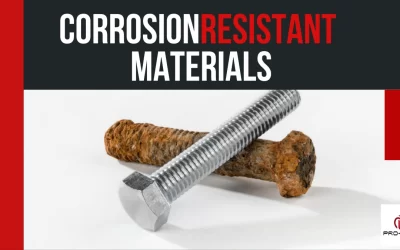
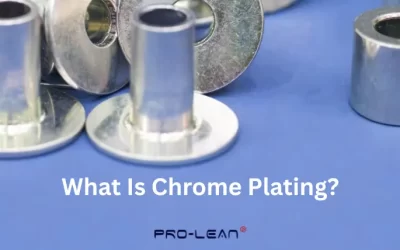
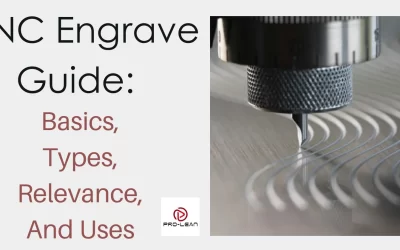
0 Comments